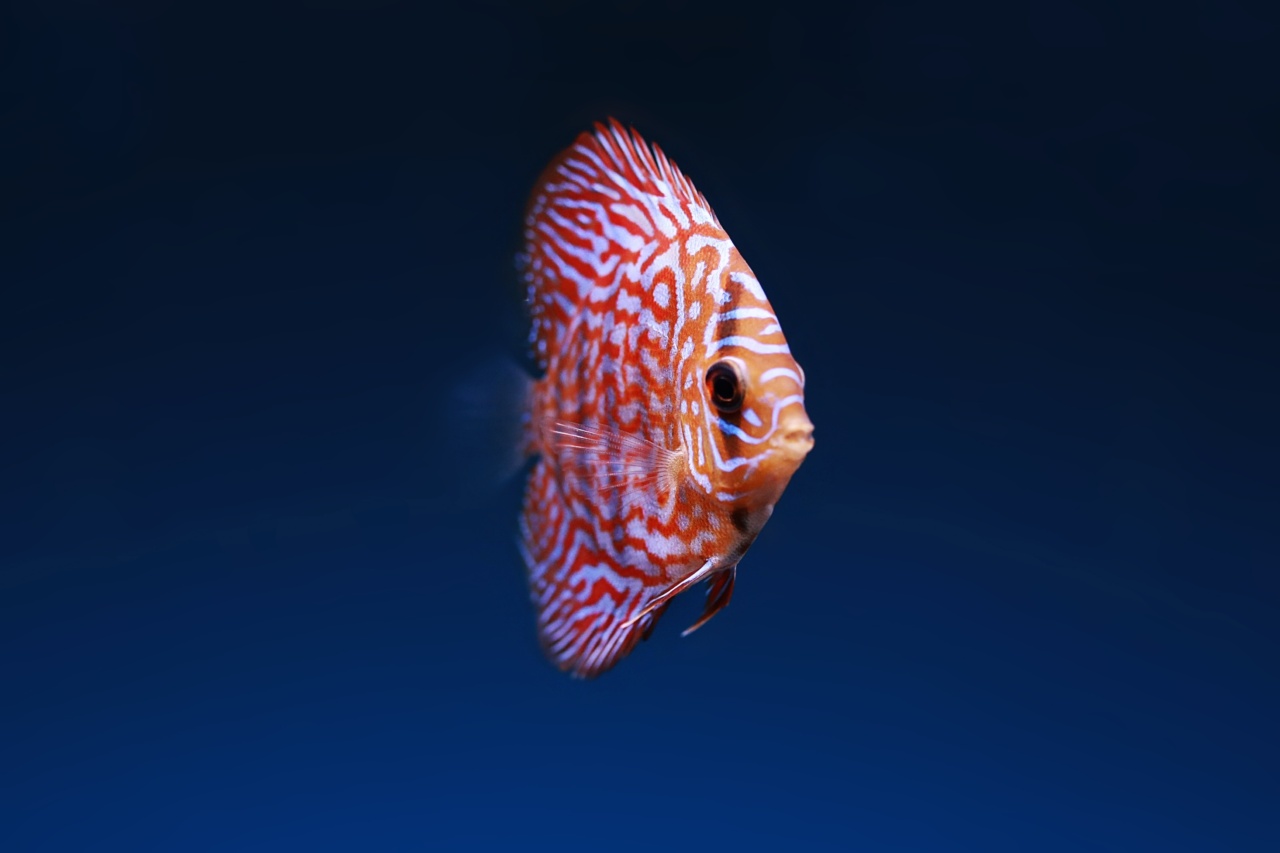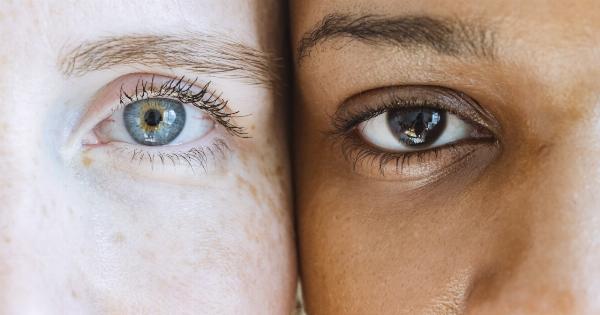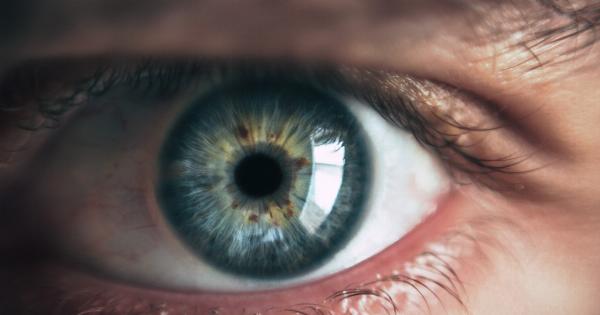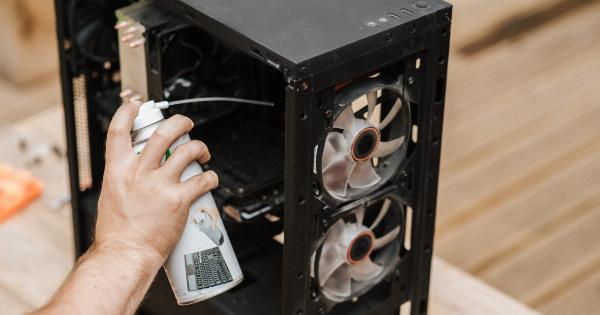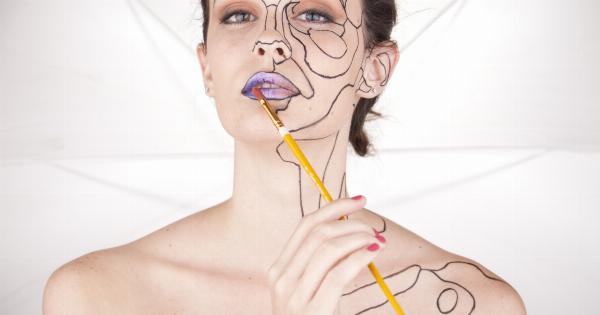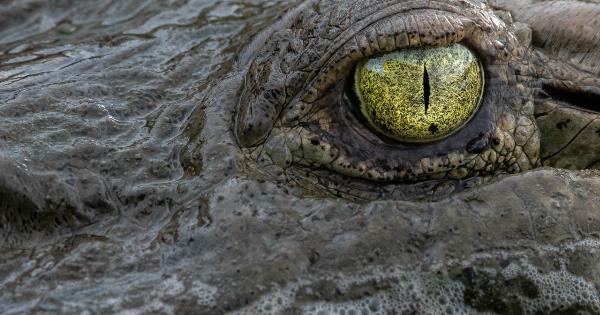Eye watering, medically known as epiphora, is the process of shedding tears from the eyes involuntarily. While an occasional shedding of tears is normal and helps keep our eyes moist, persistent watering can indicate an underlying problem.
Here, we highlight the seven common causes of persistent eye watering.
1. Dry Eyes
Dry eyes are a common condition that results from insufficient production or poor quality of tears, leading to redness, itching, irritation, and watering of the eyes. The eyes may also feel gritty or sandy, and vision may be blurry or hazy.
Dry eyes can be caused by aging, hormonal changes, certain medications, and environmental factors, such as dry air and wind. Treatment for dry eyes includes artificial tears, prescription eye drops, and lifestyle changes such as avoiding eye irritants and using a humidifier.
2. Allergies
Allergies occur when the body reacts to a substance, such as pollen, dust, or pet dander, that it perceives as a threat. Allergic reactions can cause inflammation of the eyes, nose, and throat, leading to redness, itching, and watering.
Other symptoms of allergies may include sneezing, runny nose, and headaches. Antihistamines, decongestants, and steroid eye drops can help relieve allergy symptoms.
3. Conjunctivitis
Conjunctivitis, also known as pink eye, is an inflammation of the conjunctiva, the thin membrane that covers the white part of the eye and lines the inner surface of the eyelids.
The condition can be caused by viruses, bacteria, allergens, and irritants, leading to redness, itching, swelling, and watery discharge from the eyes. Treatment for conjunctivitis depends on the underlying cause and may include antibiotics, antiviral drugs, or allergy medications.
4. Blocked Tear Ducts
Blocked tear ducts occur when the tear drainage system that carries tears from the eyes to the nose becomes obstructed, causing tears to overflow onto the cheeks. The condition can be caused by congenital defects, infections, injuries, or aging.
Symptoms of blocked tear ducts may include teary eyes, eye discharge, and recurrent eye infections. Treatment for blocked tear ducts involves surgery to open or bypass the blocked ducts.
5. Eyelid Problems
Eyelid problems such as blepharitis, chalazion, and ectropion can cause persistent eye watering. Blepharitis is an inflammation of the eyelids that can cause redness, itching, and crusting along the eyelid margins.
Chalazion is a non-infectious, painless bump that forms inside the eyelid as a result of blocked oil glands. Ectropion is a condition in which the lower eyelid turns outward, causing the tear ducts to malfunction. Treatment for eyelid problems depends on the underlying cause and may include warm compresses, antibiotics, or surgery.
6. Corneal Abrasion
A corneal abrasion is a scratch or injury to the cornea, the clear, protective covering of the eye.
Corneal abrasions can be caused by foreign objects, rubbing of the eye, or contact lenses, leading to pain, redness, sensitivity to light, and watering of the eyes. Small abrasions can heal on their own, while larger ones may require antibiotics, eye patches, or surgery.
7. Refractive Errors
Refractive errors such as nearsightedness, farsightedness, and astigmatism can cause persistent eye watering.
Refractive errors occur when the shape of the eye prevents light from focusing properly on the retina, resulting in blurry vision and eye strain. Symptoms of refractive errors may include headaches, difficulty reading, and watering of the eyes. Refractive errors can be corrected with prescription eyeglasses, contact lenses, or refractive surgery.
Conclusion
Persistent eye watering can be caused by various factors, including dry eyes, allergies, conjunctivitis, blocked tear ducts, eyelid problems, corneal abrasions, and refractive errors.
If you experience persistent eye watering, it is important to see an eye doctor to determine the underlying cause and receive appropriate treatment.
